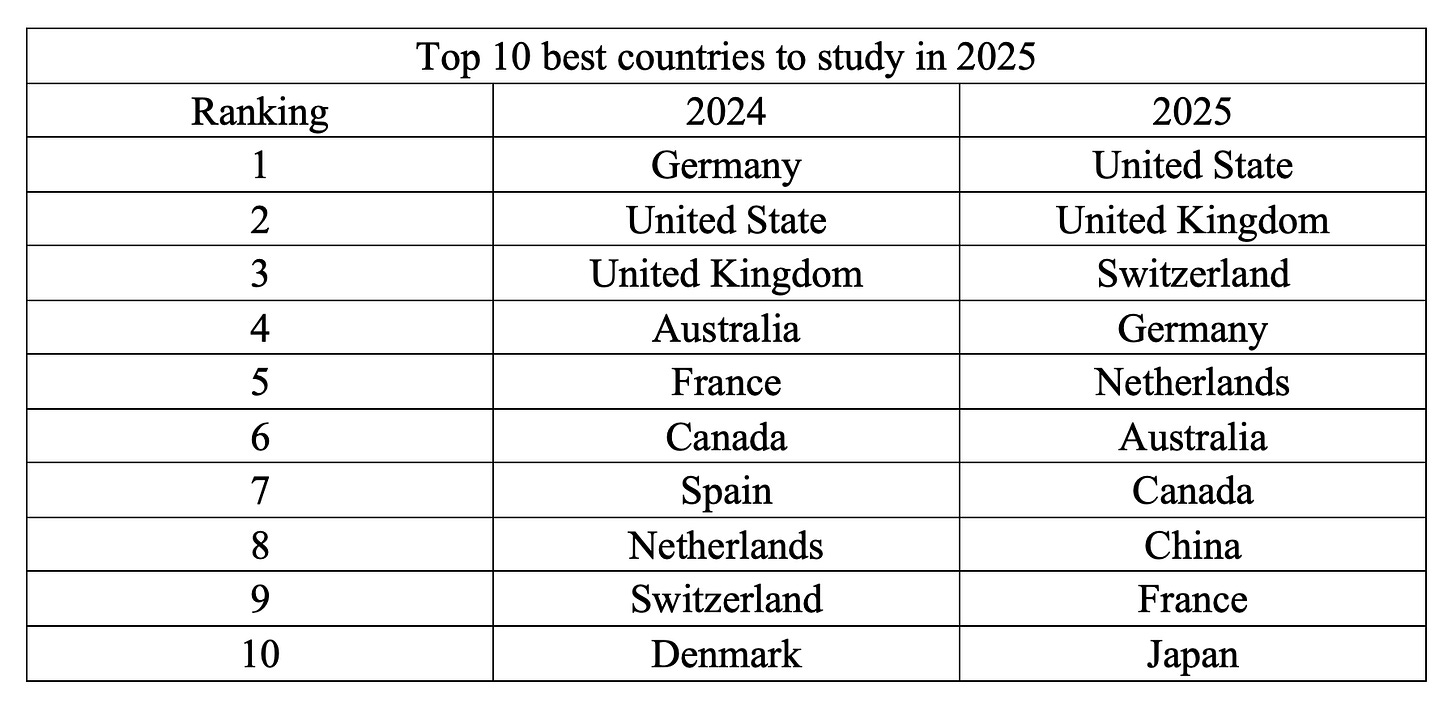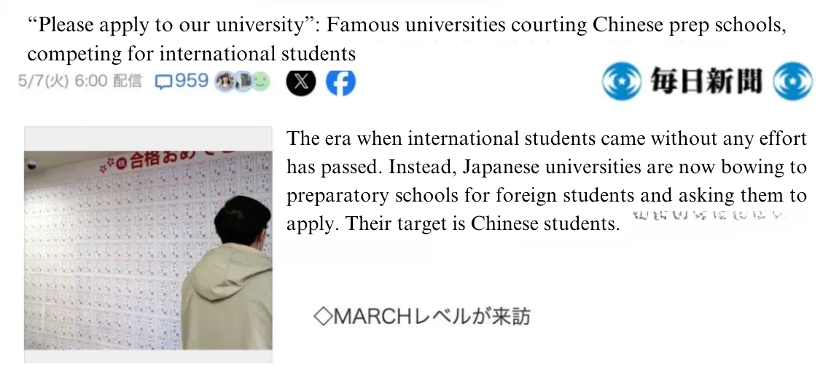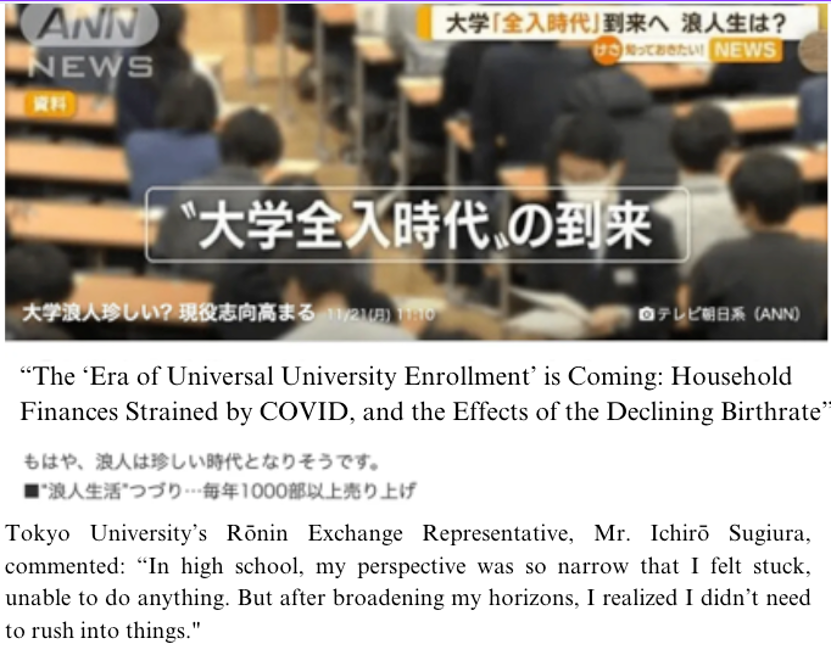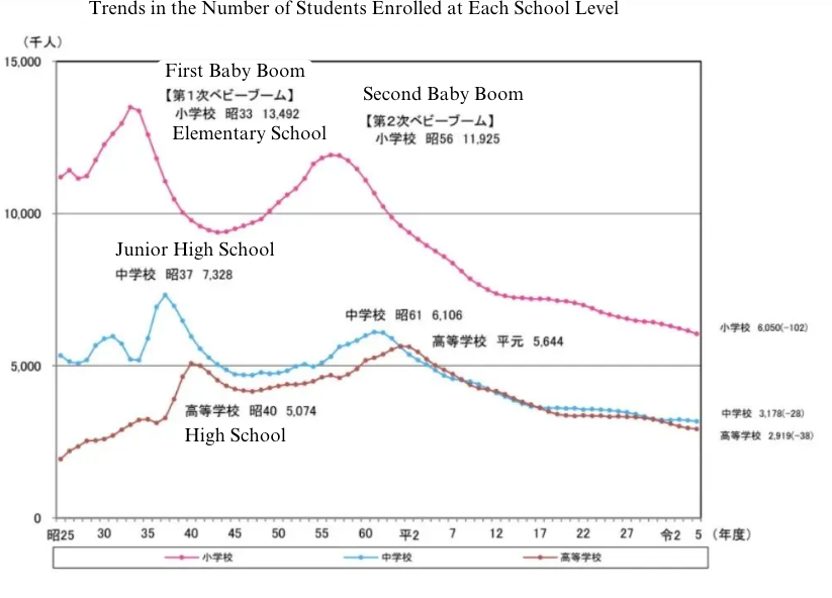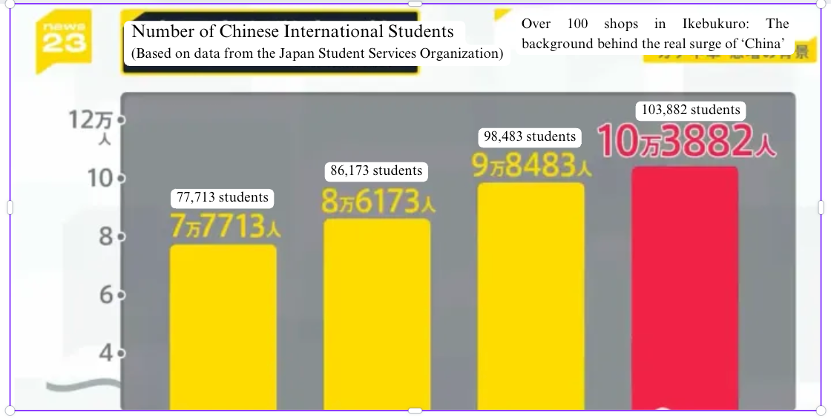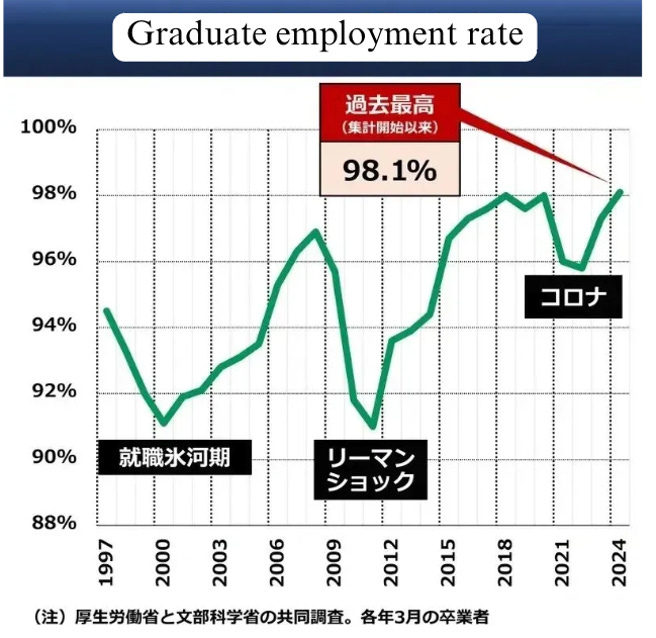Japanese High Schools See Surge in Chinese Middle-Class Students
A Cost-Effective Alternative to Western Education for Chinese Families
As traditional study-abroad destinations like the U.S. and U.K. become increasingly expensive and uncertain, a growing number of Chinese middle-class families are turning to Japan for high-quality, cost-effective education. With lower tuition fees, strong employment prospects, and a welcoming immigration landscape, Japan is emerging as a compelling alternative for families seeking a stable and practical pathway to higher education and career success.
Japan’s Growing Appeal for Chinese Families
For years, studying abroad in the UK and the US was associated with high costs, low graduation rates, and uncertain job prospects. But today, a new trend is emerging: an increasing number of Chinese middle-class families are looking to Japan for their children’s education. With shifting global dynamics and intensified competition for elite institutions, Japan offers a more stable, cost-effective alternative—boasting rising global rankings, a growing economy, and favorable employment opportunities.
Japan Climbs the Study-Abroad Rankings
Japan is now recognized as a top study-abroad destination. The 2025 Global Best Study Abroad Countries ranking placed Japan in the top 10, highlighting its strong academic reputation and robust job market. Unlike the UK and the US, where annual tuition can reach 400,000–500,000 RMB, Japan provides a more affordable pathway to higher education and employment.
Top 10 Study-Abroad Destinations in 2025
Japanese Universities Actively Recruiting Chinese Students
Japanese universities are aggressively expanding their recruitment efforts. According to Mainichi Shimbun, top institutions are sending representatives to schools in areas with large Chinese student populations, such as Takadanobaba.
One major Tokyo-based university recently held a recruitment session at a school exclusively for Chinese students—now home to over 4,000 enrollees. Admissions data from this school underscore Japan’s growing role in international education:
59 students admitted to the University of Tokyo
31 to Kyoto University
112 to Waseda University
Waseda, known for its strong ties with Chinese high schools since 2005, frequently holds recruitment events in China. Similarly, Showa Women's University has implemented a school-recommended admission system for outstanding graduates from Chinese high schools.
Addressing Japan’s Demographic Decline
Japan’s proactive recruitment of Chinese students is driven by its ongoing demographic crisis. With birth rates plummeting, Japanese universities are struggling to maintain enrollment. In 2024, 47.5% of private universities failed to meet admission quotas, and projections suggest that by 2040, domestic student numbers will be insufficient to sustain higher education institutions.
To counter this, Japan has launched initiatives like the 300,000 International Students Plan (completed in 2019) and an ambitious goal to attract 400,000 international students by 2033. In early 2024, the government introduced a 200-million-yen Recruitment Fund to support foreign middle and high school students, while some local governments, such as those in Higashikawa Town, have reduced tuition and living costs to attract international students.
Affordable Education, Strong Career Prospects
Studying in Japan is significantly more cost-effective than in Western countries.
National university tuition: ~530,000 yen/year (~20,000 RMB)
Private university tuition: 700,000–1,500,000 yen/year (35,000–70,000 RMB)
Monthly living expenses: ~93,000 yen (~4,600 RMB) nationwide, ~108,000 yen (~5,400 RMB) in Tokyo
Even with planned tuition increases, total annual expenses in Tokyo remain under 150,000 RMB—a fraction of the cost of studying in the UK or US. Additionally, students can work part-time, earning an average of 1,100 yen/hour (50 RMB), and access a variety of scholarships.
The Rise of “Low-Age Study Abroad”
Japan’s demographic struggles extend beyond universities to primary and secondary schools. With approximately 400 schools closing annually, and 8,580 shuttered between 2002 and 2020, institutions are turning to international enrollments.
Chinese middle-class families have embraced low-age study abroad, with the number of Chinese students in Japanese high schools increasing tenfold over the past decade. Reitoku High School in Yachikawa, Chiba, now has a 50% Chinese student population. Many schools have also relaxed Japanese language requirements, allowing students to focus on language learning after enrollment.
This trend is accompanied by rising Chinese immigration to Japan. From 2022 to 2023, 71% of business management visas issued by Japan’s immigration authorities went to Chinese nationals—totaling 3,553 visas. Increasingly, Chinese families are purchasing homes in Japan based on school district rankings.
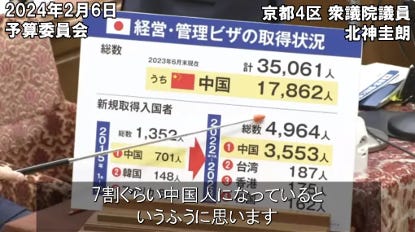
Japan’s Favorable Employment Market
Japan’s strong employment market further enhances its appeal:
University graduate employment rate (March 2024): 98.1%
Science majors: 98.8% employment
Humanities majors: 97% employment
High school graduates: 91.1% employment
Starting salaries range from 210,000–230,000 yen/month (10,000 RMB), and Japan’s Special High-Level Talent System offers a fast-track to permanent residency—ensuring smoother post-graduation transitions than traditional Western destinations.
A Shift in Global Study-Abroad Trends
For Chinese middle-class families, Japan now represents a cost-effective, high-quality alternative to traditional study-abroad destinations. As tuition fees and job market uncertainties rise in the UK and US, Japan’s proactive recruitment efforts and favorable economic conditions make it an increasingly attractive option.
With Japanese universities, high schools, and even local governments adapting to an influx of international students, this shift is reshaping global education dynamics. For families seeking high returns on their educational investment, Japan is rapidly emerging as the destination of choice.


